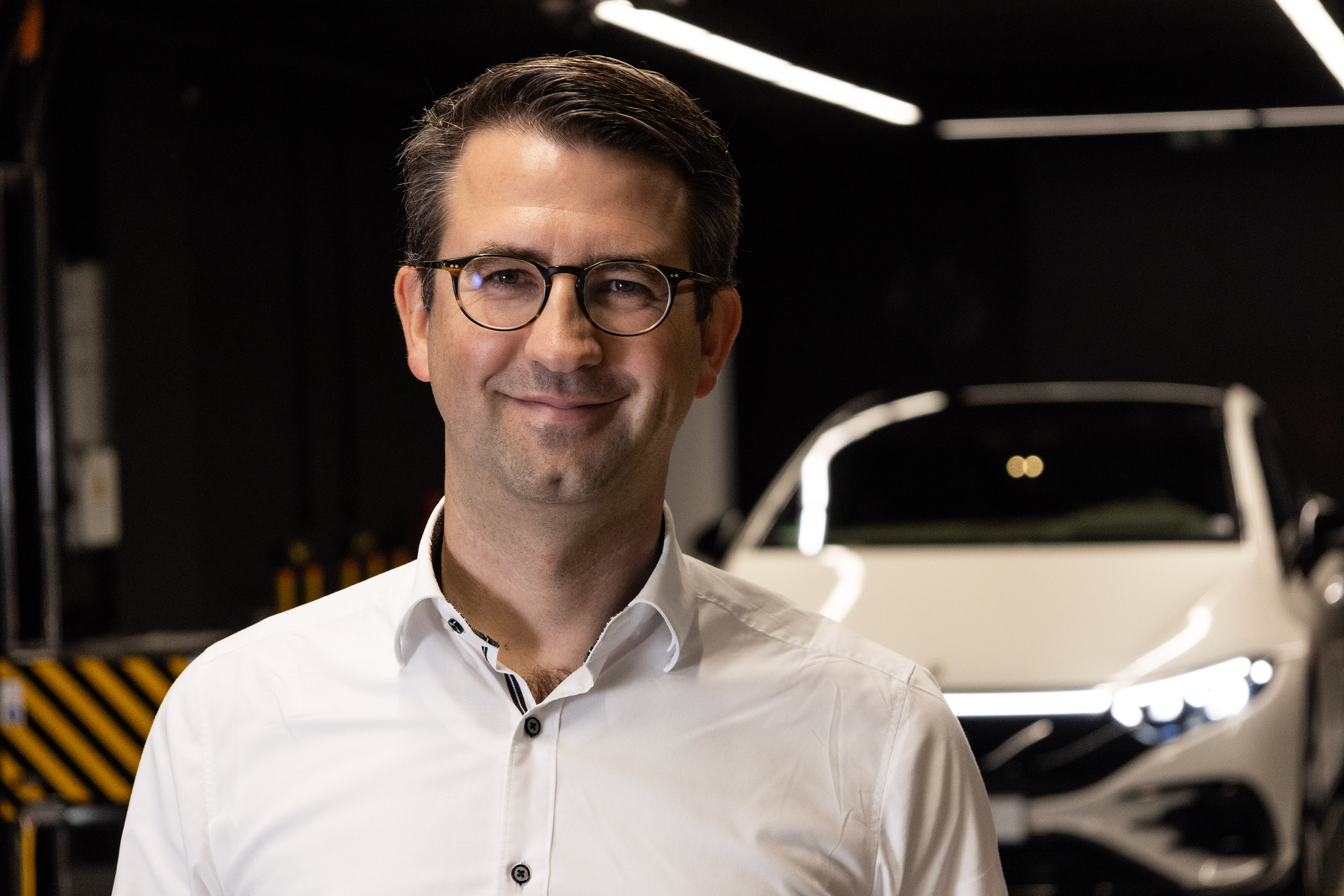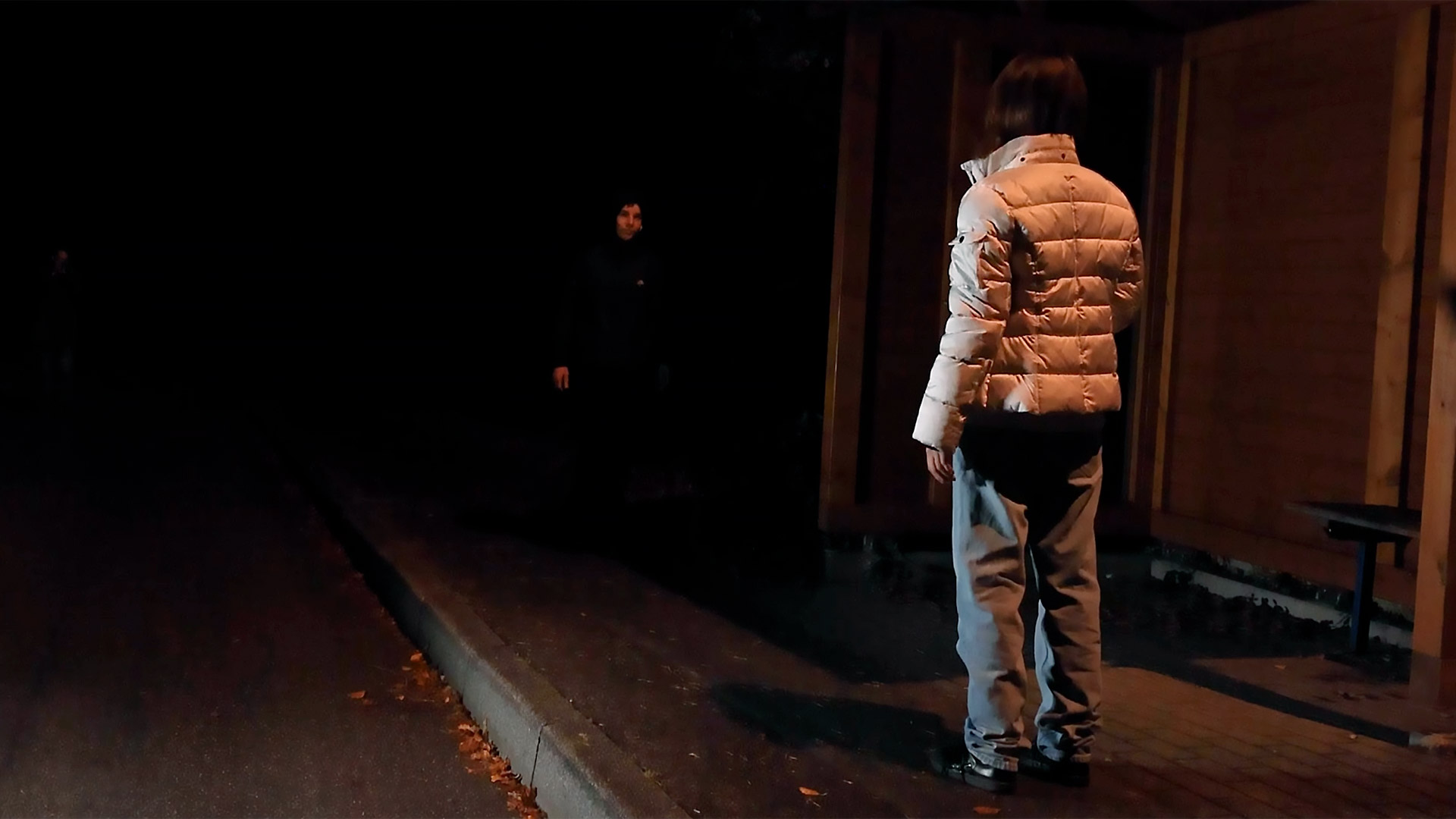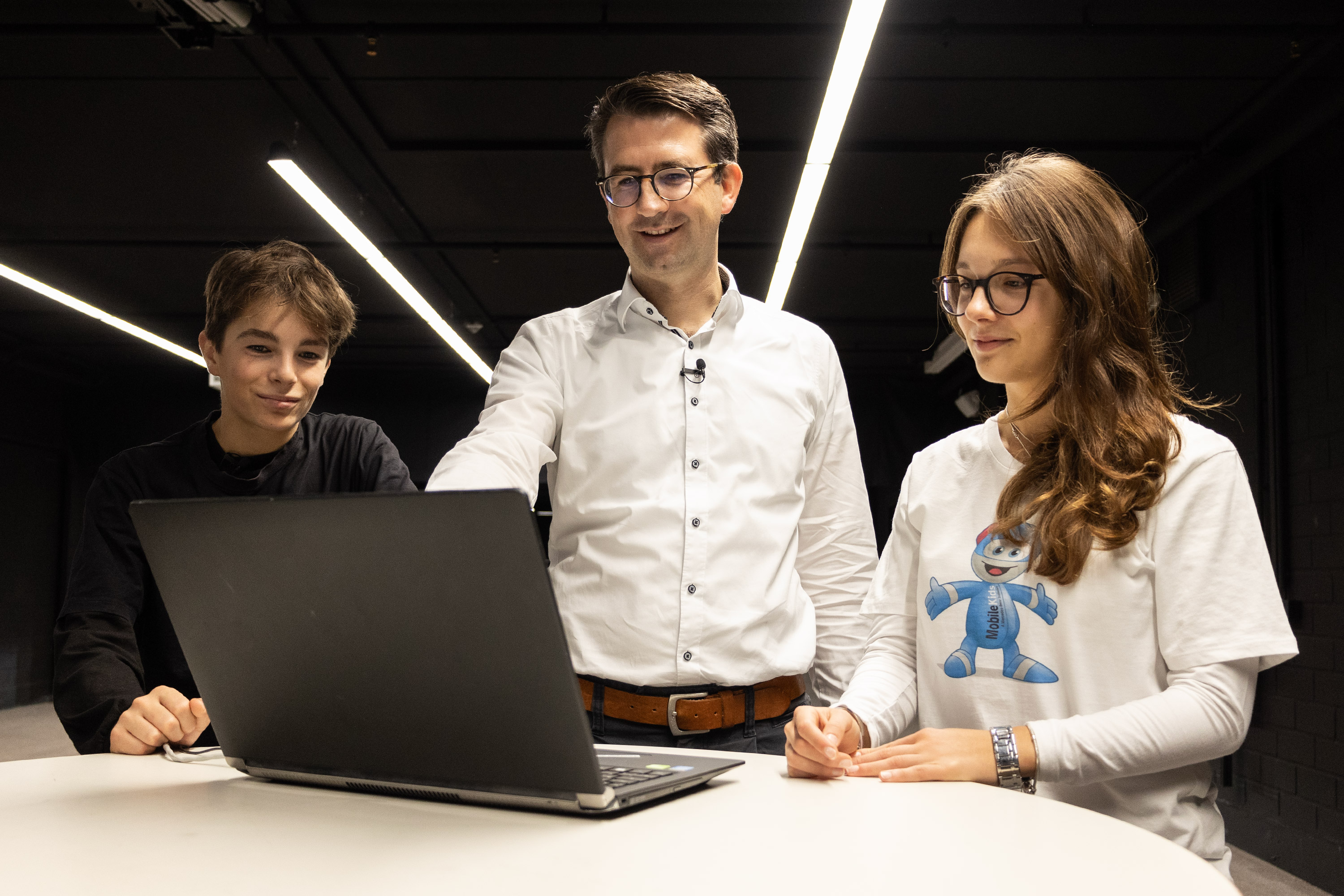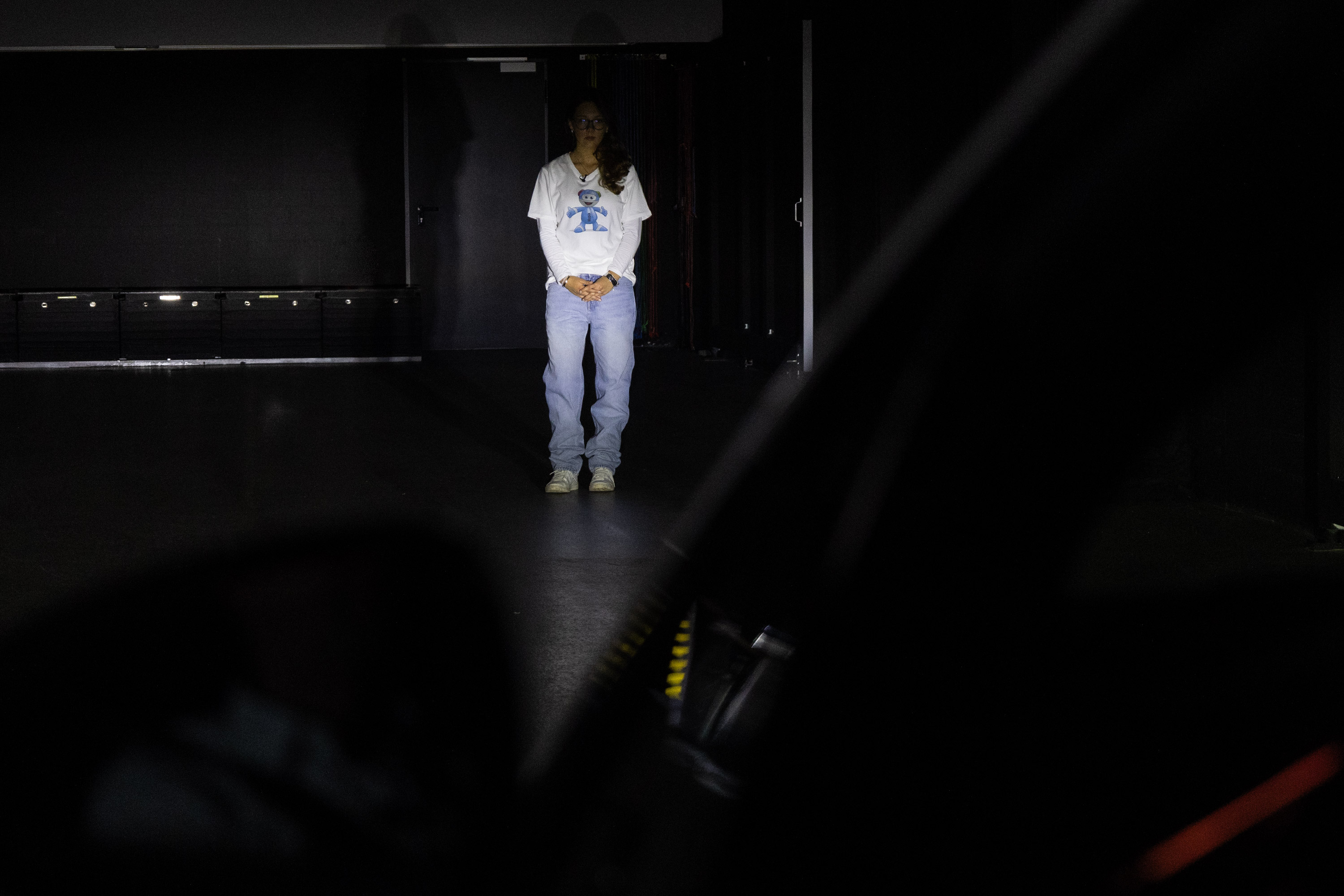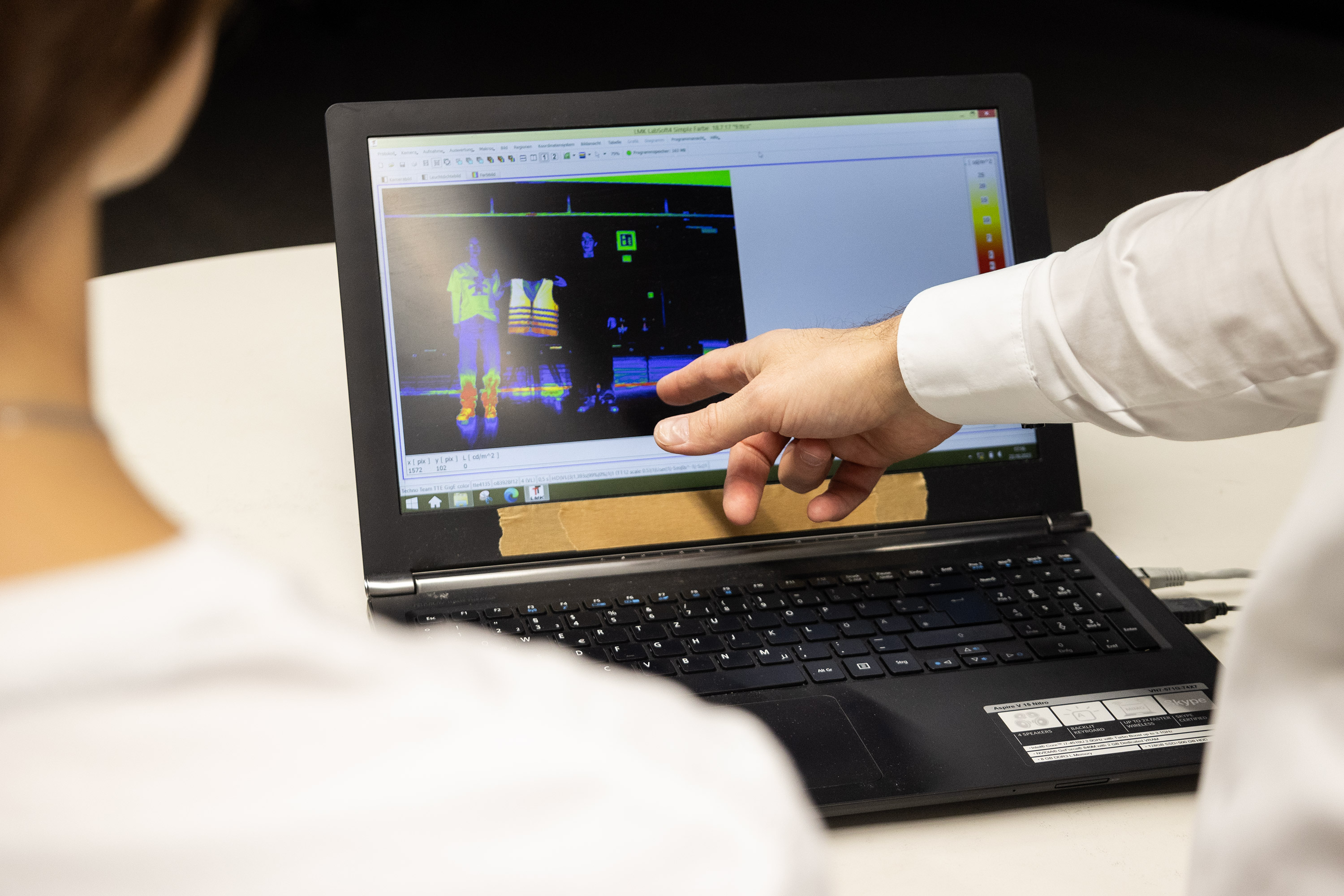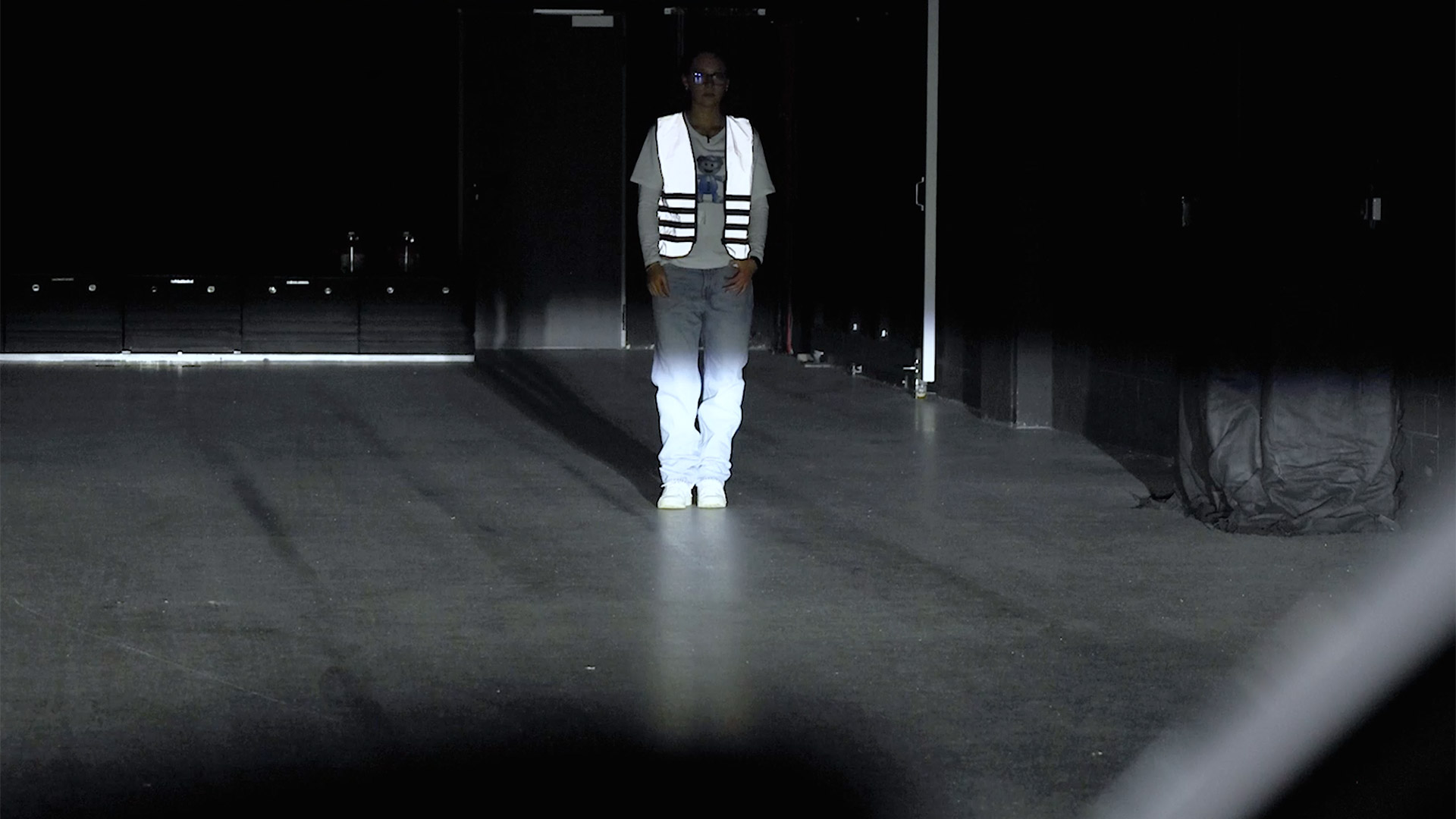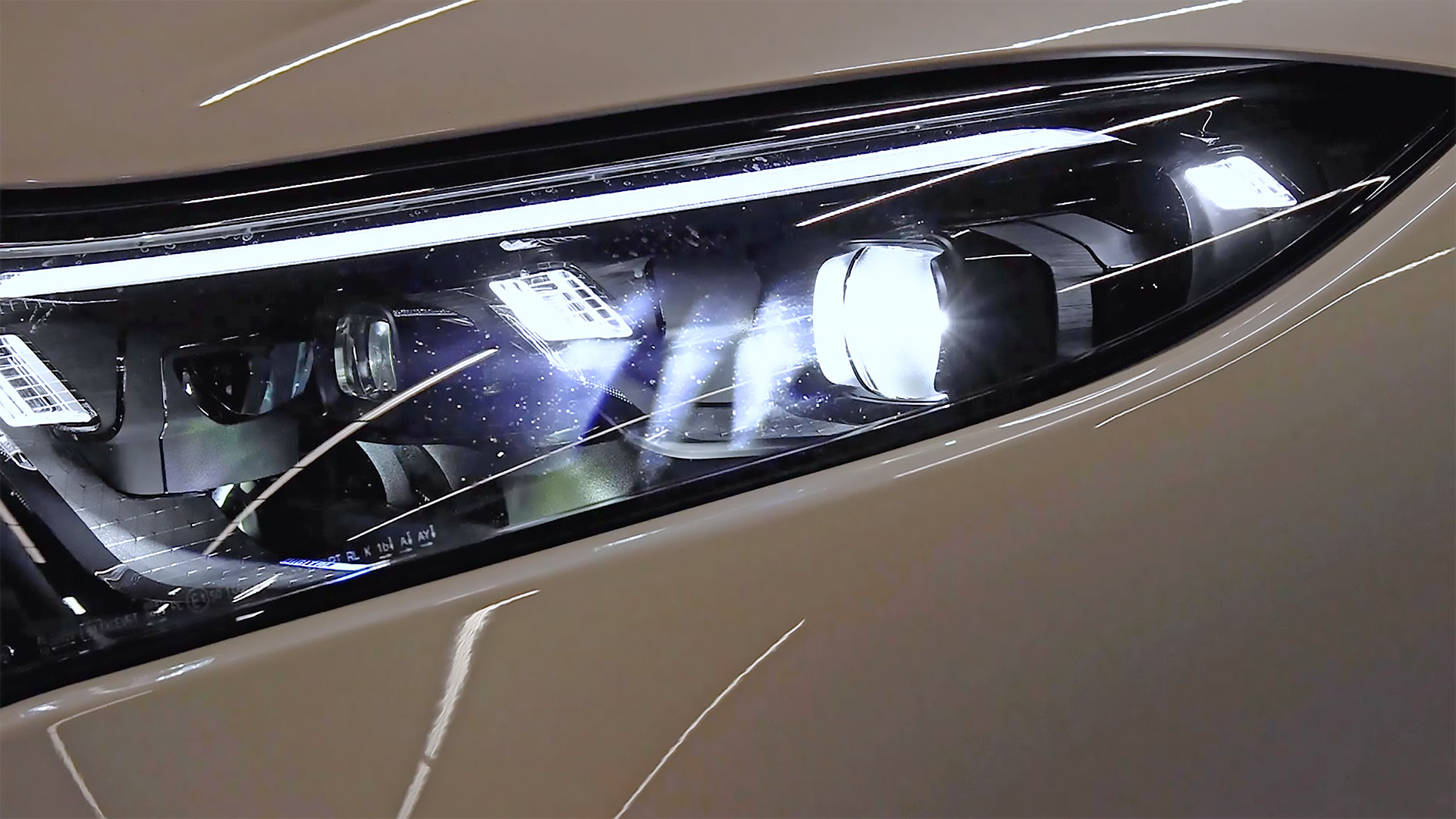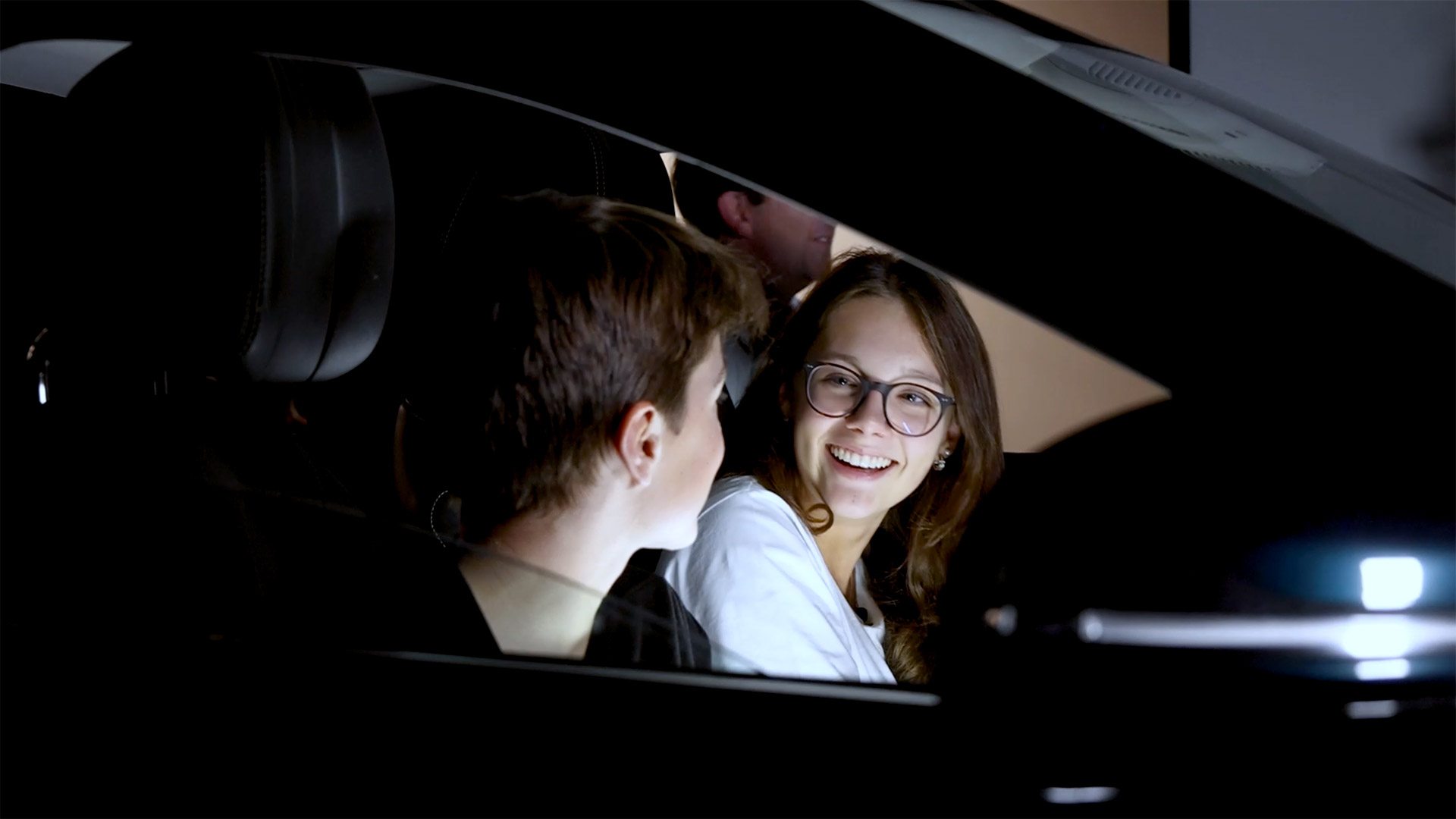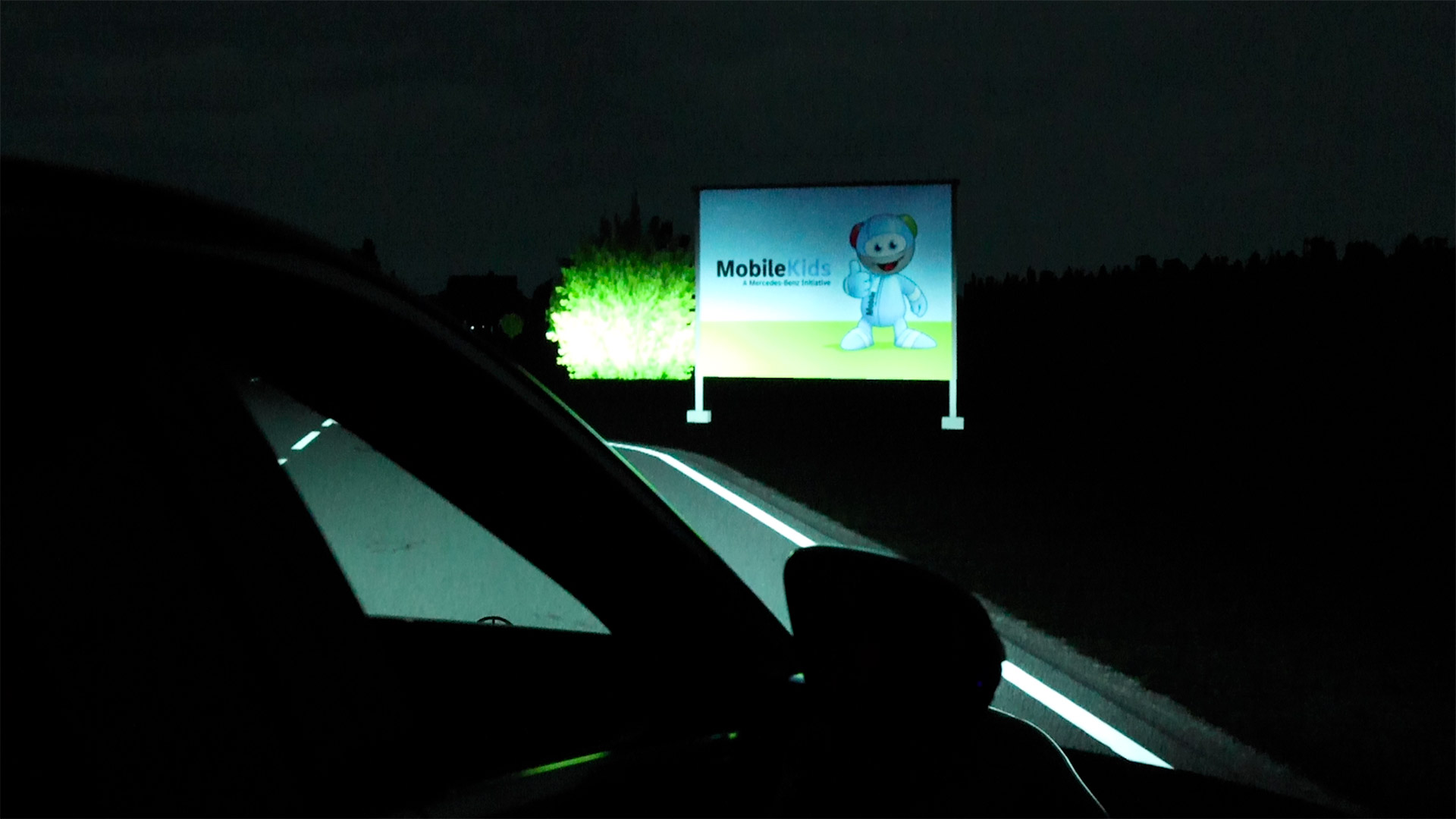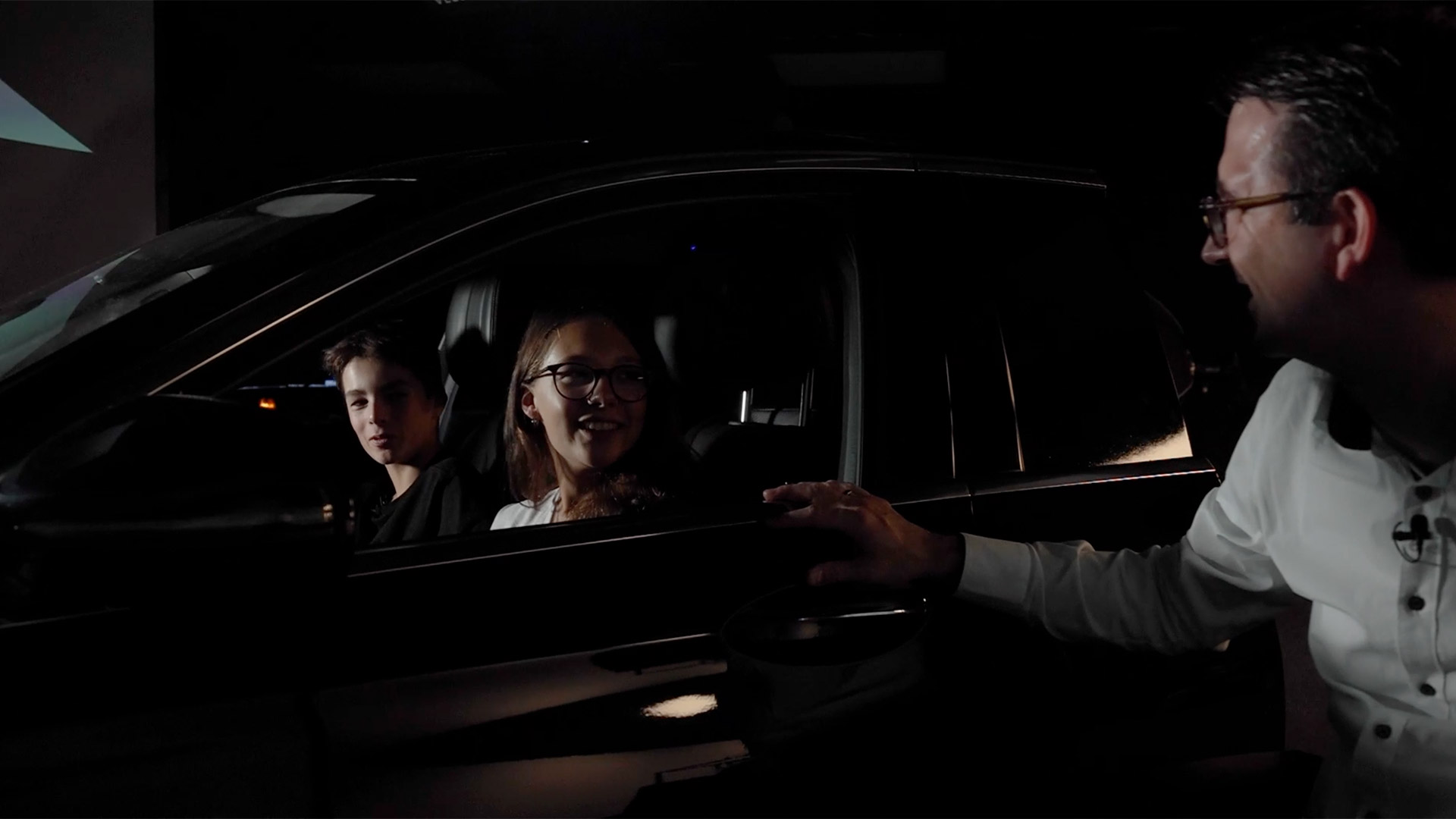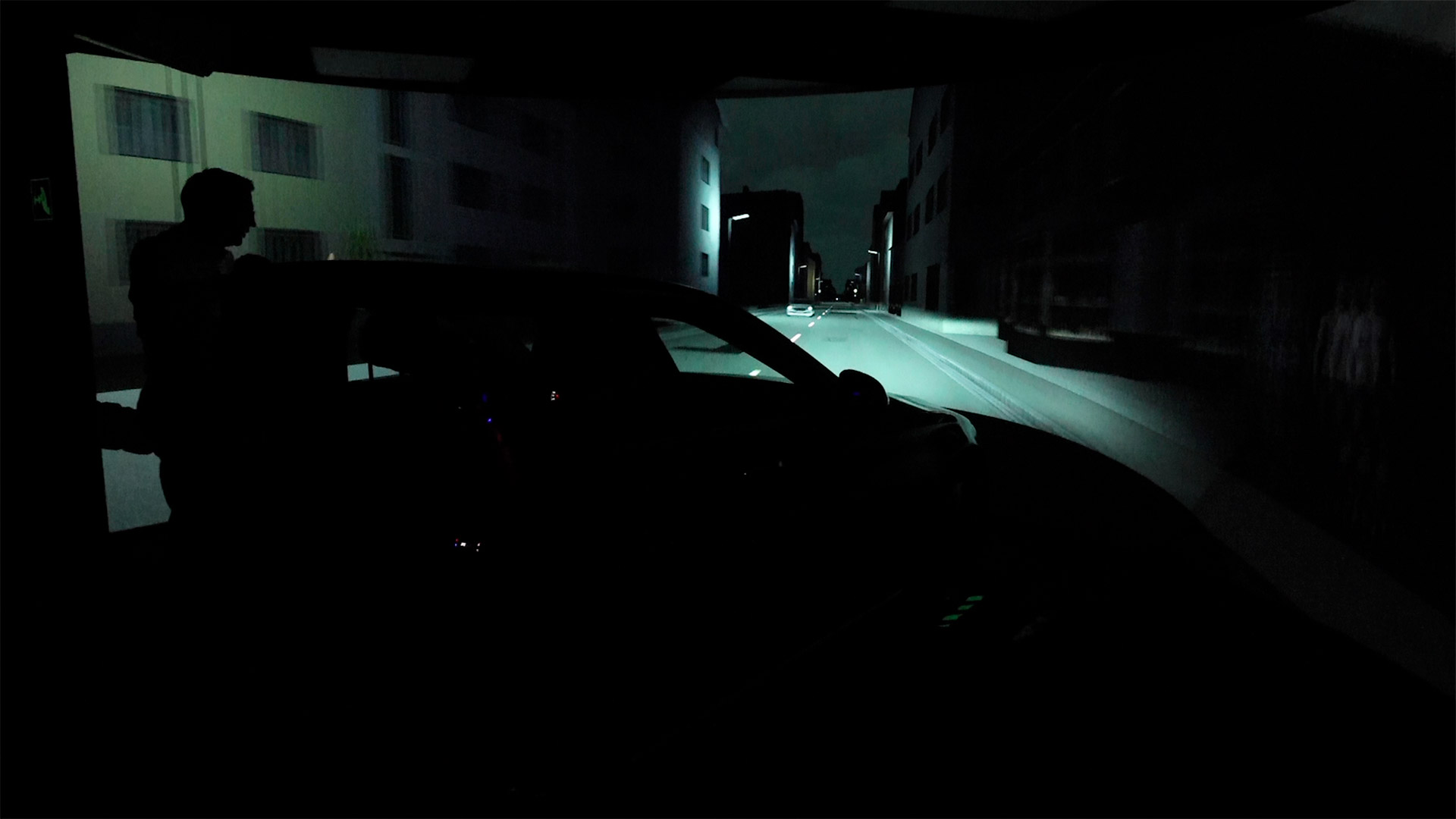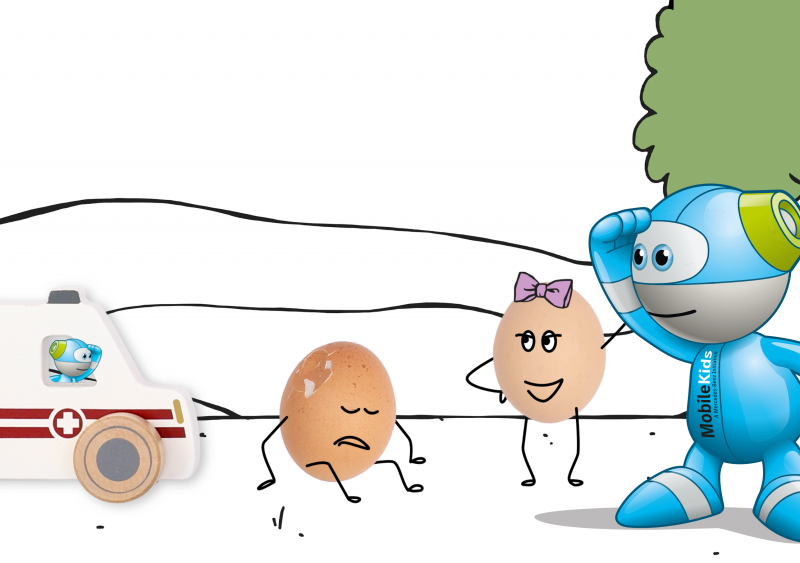When did you first realise that light is your element?
Light essentially fascinates every child, and that was the case for me too. It was while I was working towards my physics degree that I first became interested in the background to this subject area and developed a growing interest. That's why it was clear to me after my studies: I would either do something with solar cells, where light becomes electricity, or with LEDs, where electricity becomes light. The latter is what happened, which I am very happy about.
What makes the topic of light in the automotive context so exciting for you?
For me, there are three aspects in particular: Firstly, the great safety function of light - it's all about seeing and being seen. In my opinion, everyone should experience the huge difference a good headlamp system can make. Secondly, the advent of LEDs has made light a central design feature for every car manufacturer. The headlamps determine what a car looks like. And finally, I find it extremely exciting that this field is super-innovative. The combination of these three things inspires me every day.
How has the technology evolved over the years?
In the past we used light sources that could only produce a limited amount of light. These were halogen lamps. At some point xenon headlamps came along, and we've now arrived at LED technology. The great advantage of LEDs is their very high energy efficiency and small size. The more LEDs you use, the more light you can produce. In our very latest technology, you can imagine the headlamp as a beamer that projects the light onto the road in the form of a video consisting of more than a million individual pixels. Hence the name DIGITAL LIGHT. This gives us quite a lot of freedom in terms of light distribution. The engineers can practically determine where the light should go, and when. This is particularly important for high beam. Drivers can now leave this permanently switched on because an onboard camera recognises oncoming vehicles and can specifically exclude them from the cone of light. This means that the visibility of drivers is not impaired, but oncoming traffic is not dazzled either.

Markus Maier, 45, has a doctorate in physics. For his doctoral thesis, he focussed on light-emitting diodes and was part of a larger research project to develop an LED headlamp for cars. This is also how he first came into contact with the automobile industry and eventually ended up working in headlamp development at Mercedes-Benz in 2010. Over the past few years, he has been involved in various phases of the development process for car headlamps. He is currently part of a team responsible for innovative headlamps. In this context, he is primarily concerned with high-resolution lighting systems such as the DIGITAL LIGHT already mentioned.
What does the future of lighting design in the automotive industry look like?
DIGITAL LIGHT offers endless design options for the light distribution of headlamps. LEDs remain the light source of choice, and I don't currently see any technology that could replace LEDs within the next ten years. That was different in the past: a great deal happened in the transition from halogen to xenon and today's technology. However, LEDs themselves are constantly evolving and their use in vehicles will increase significantly in the future. More and more discreetly illuminated features will be seen both inside and outside the vehicle. One brand-new example of this is the illuminated radiator grille on our new E-Class. This is just the beginning, and I think we can all look forward to seeing what lighting designs will soon appear on our roads.
What are the challenges when developing lighting systems?
The biggest challenge is to find increasingly better technical solutions to achieve the major goal of the best possible visibility for the driver and as little glare as possible for everyone else. Combining the technical requirements with a beautiful design is really enjoyable. So that we engineers end up developing state-of-the-art technologies for both innovative safety and visual appeal.
How can lighting systems help to reduce the risk of accidents involving pedestrians and cyclists?
The basic function of lighting systems is to give road users, e.g. car-drivers cyclists, the best possible visibility. Only light enables me to recognise the course of the road or impending dangers as early as possible. Because apart from the area that I illuminate myself, it is largely dark at night. Although there are street lights in residential areas, visibility is still much poorer than during the day. Lighting systems are therefore indispensable. We have integrated the spotlight function into our DIGITAL LIGHT system especially for pedestrians. It highlights detected pedestrians on the road with projected beam of light, making them more visible.
Are there any lighting technologies that have been specially developed to improve road safety for children?
Children are road users - with a smaller body size and perhaps a little less experience. There are light functions such as city light which ensure a very wide light distribution, especially in urban areas - for example when passing schools at reduced speed. This makes it easier to see pedestrians on the pavement. Or pedestrian crossing light, which increases the illumination at the sides so that drivers and can more easily see whether there are people waiting to cross the road. Such functions naturally benefit children in particular, as they benefit from the fact that drivers take more heed thanks to their greater experience. And they can only do this if they see the children at an early stage.
What role do lighting systems play in the road safety of children compared to other safety functions?
For me - at least for the traffic situation at night - light is at the top of the list. Because without lights, you would neither be detected by other road users nor be able to see anything yourself. And in the context of children, who do not yet have as much experience in road traffic and therefore do not always act correctly, proper lighting is all the more important because you can detect and assess situations much earlier.
What tips would you give parents to improve their children's visibility?
One of the key questions is what children wear when they are out and about in traffic in the dark. There is therefore no way around bright clothing and reflectors. If you are riding a bicycle, you also need roadworthy lighting. Another important point is certainly the behaviour of the children: as visibility is already much poorer at night, roads should only be crossed in places where visibility is good, for example. Pedestrian crossings and traffic lights are of course even better.
How can the importance of the topic be made clear to children?
One option when travelling by car in the city might be to ask your children to take a look around and take note of who is out and about. Together you can then discuss the question of whether these people are easy or difficult to see due to their clothing. While someone wearing white trainers and a reflective jacket would of course be highly visible, a person wearing black jeans and dark leather boots would be difficult to detect. In my opinion, experiments like this are very formative for children because they can experience and evaluate the situations with their own eyes.


